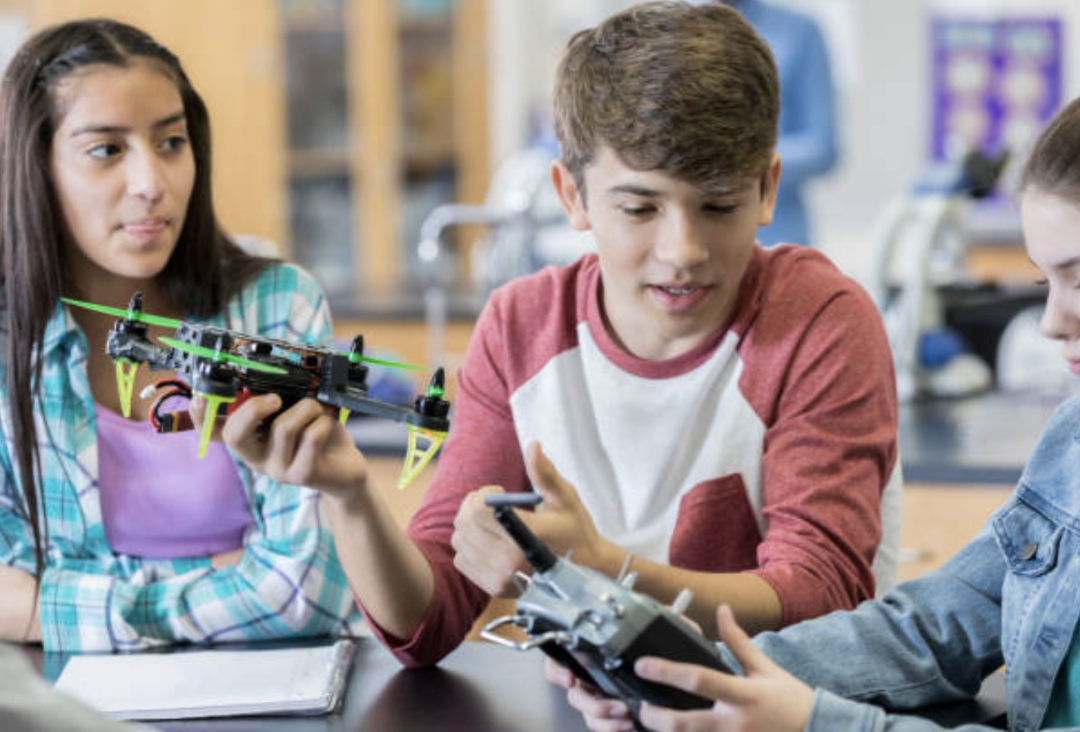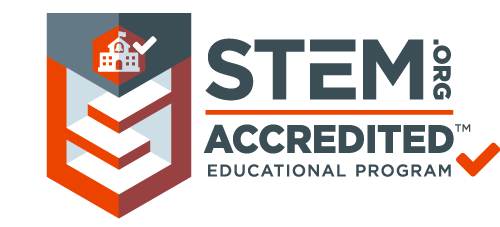Building a Thriving K-12 Drone Pathway: Empowering Future Innovators

2024-07-12
In today's rapidly evolving technological landscape, drone education is transforming the way students engage with STEM. Integrating drones in the classroom and in after-school contexts offers students unique, hands-on experiences that bridge the gap between theoretical learning and real-world application.
By incorporating drones into school curricula from elementary to high school levels, educators can captivate student interest, enhance their understanding of complex STEM concepts, and prepare students for the demands of a technology-driven future.
1. Elementary School: Introduction to Drones
At the elementary level, students begin with an introduction to drones. This phase focuses on basic drone piloting. Simple drone kits make learning interactive and fun, fostering an early interest in technology. Introductory Piloting: Students learn the basics of flying drones, understanding their parts and how they operate.
2. Middle School: Building and Programming Drones
As students progress to middle school, the curriculum deepens. They start building drone kits, enhancing their understanding of drone mechanics and engineering principles, and start programming the drones.
Drone Building Kits: Hands-on experience with build-a-drone kit centered activities helps students grasp the fundamentals of aerodynamics and design.
Coding a Drone: Using user-friendly software, students in grades 5-6 get their first taste of coding by programming simple flight patterns.
Advanced Programming: Later in middle school years (7-8) Students advance to more complex drone programming, coding drones to perform specific tasks and solve challenges. Additionally, they delve into drone data collection and analysis, learning how to gather and interpret data captured by drones for various applications.
3. High School: Advanced Applications and Certification
In high school, the curriculum becomes even more sophisticated. Students prepare for industry-standard certifications and explore advanced applications of drone technology.
High School Drone Curriculum: This includes preparing for the FAA Part 107 drone pilot certification, crucial for commercial drone operations.
CAD designing and fabrication for drones: takes students into the depths of 3D modeling, computational fluid dynamics, propeller design
Drone-Based AI Curriculum: Finally in grades 11-12, students learn about artificial intelligence through drones, engaging in projects that involve obstacle avoidance and object recognition.
We are excited to unveil our latest innovation designed to propel education into the future: Skyward™ 7-12 Drone Pathway For CTE. This comprehensive program is set to revolutionize how students engage with technology and prepare the future workforce. Stay tuned to discover our step-by-step planning guides, curriculum integration strategies, and valuable funding resources that will empower educators to cultivate the next generation of technology leaders.
Transforming Future STEM Education
Incorporating drones into your educational pathway not only prepares students for future careers but also makes learning dynamic and engaging. The skills learned through drone education—from basic piloting to advanced AI applications—are invaluable in today's tech-driven world.
Are you ready to revolutionize your school's STEM program with our comprehensive drone curriculum? Contact us now to discover how our innovative solutions can make a significant impact on your education pathway. Together, we can shape the next generation of tech-savvy innovators.

